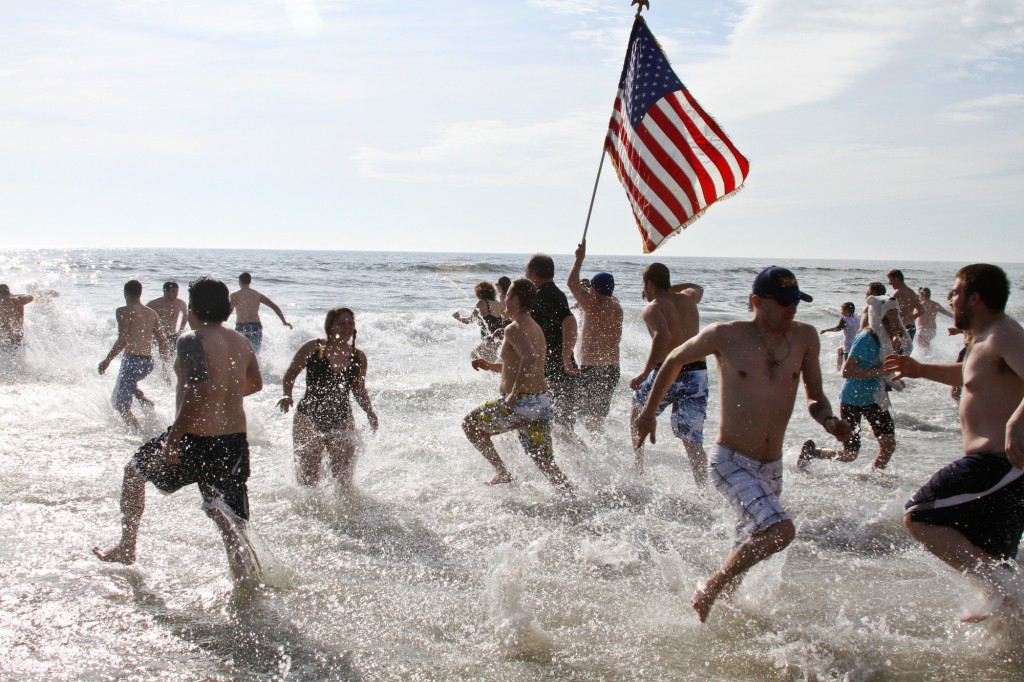Taking the Long Beach Polar Bear plunge? Understand your body's reaction to cold water.
On Sunday, thousands of people will join the Long Beach Polar Bears and take a mid-winter plunge in the ocean to raise money for the Make-A-Wish Foundation. The temperatures are expected to be in the 30s and 40s, with water temperatures in the same range. Whether you’re a first time Polar Bear or a seasoned veteran, here is what to expect from a sudden plunge in cold water.
Water conducts heat 25 times more efficiently than air, so heat-loss will be far faster in water. The buzz word is "hypothermia", but what everyone is actually going through is the response to something called “cold shock. "
The sudden lowering of skin temperature on immersion in cold water represents one of the most profound stimuli that the body can encounter." - Golden and Tipton, - Essentials of Sea Survival. Pretty much surmises that: Short of being struck by lightning, cold shock is one of the biggest jolts that your body can experience.
Cold shock response is perhaps the most common cause of death from immersion in very cold water. The most common misunderstanding about Cold Water Immersion is that it leads to immediate Hypothermia. The truth is, other serious events occur long before hypothermia sets in, each with its own physiological challenges.
Three Phases of Cold Water Immersion - Cold Shock/Response, Cold Incapacitation and then Hypothermia
1) Cold Shock Response Onset (first few minutes)
Threat No. 1- Loss of Breathing Control -Initiating with a sudden gasp and then very difficult to get breathing under control.









